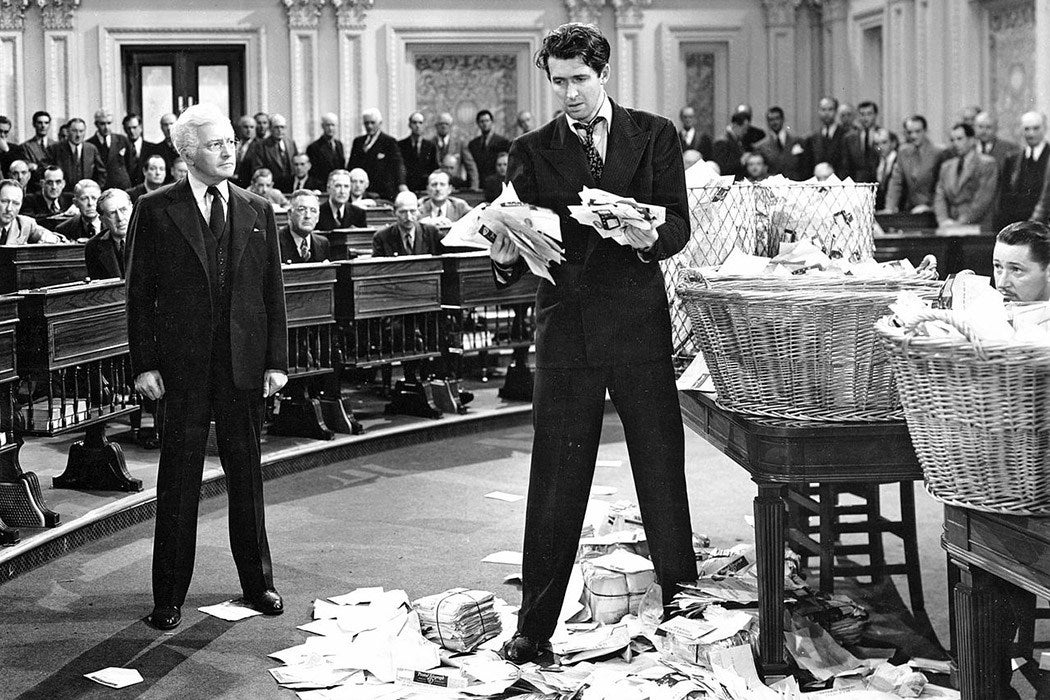Overcoming the Unique Challenges of Retro Arcade Game Preservation
Introduction
Retro arcade games are more than entertainment; they are cultural artifacts that showcase the evolution of technology, artistry, and storytelling in gaming history. Preserving these titles is essential for educational, historical, and creative study, yet the process presents unique challenges that threaten their continued existence. This article explores the major obstacles in retro arcade game preservation, offers actionable guidance for collectors and institutions, and highlights current best practices, supported by verified research and real-world examples.
The Importance of Preserving Retro Arcade Titles
Classic arcade games serve as windows into the past, revealing the roots of interactive media and reflecting their era’s technological and artistic values. Their preservation ensures that future generations can experience, study, and learn from these unique creations. Whether through museum curation , library collections , or private enthusiasts, safeguarding arcade games maintains their legacy as vital pieces of cultural history. [1]
Key Challenges in Retro Arcade Game Preservation
Physical Media Decay
Arcade game hardware-including cabinets, boards, and cartridges-faces inevitable deterioration. Components such as capacitors, ROM chips, and wiring degrade over time, leading to malfunction or complete failure. Unlike digital files, physical arcade machines require ongoing maintenance, climate control, and sometimes rare replacement parts. For example, the loss of an original “House of the Dead” cabinet meant the only way to experience the true arcade version was gone when the machine was removed. [3]
Obsolete Hardware and Rarity
Many retro arcade titles depend on proprietary hardware, making preservation difficult when replacement parts are scarce or no longer produced. As systems age and break, fewer functioning machines remain. The pandemic exacerbated this issue, causing retro game prices to surge and further limiting access for both collectors and researchers. [1]
Digital-Only and Online Dependencies
With the shift to digital distribution, games tied to online servers or platforms are at risk of disappearing when those services shut down. In 2023, Nintendo’s WiiU and 3DS server shutdown rendered over 1,000 digital-only games inaccessible. [2] Arcade games that use networked features or require cloud-based authentication face similar threats, making it crucial to archive complete software and hardware environments where possible.
Copyright and Intellectual Property Restrictions
Legal barriers often prevent the free distribution, emulation, or archival of classic titles. Licensing agreements, DRM (Digital Rights Management), and expired contracts result in games being removed from digital storefronts and locked away from public access. According to the Video Game History Foundation, 87% of classic U.S. video games are now “critically endangered.” [2]
Best Practices for Arcade Game Preservation
Physical Conservation and Restoration
Museums and specialized labs, such as the Arcade Conservation Lab at The Strong National Museum of Play, use advanced techniques to restore and maintain original cabinets, electronics, and artwork. [5] Preservationists recommend storing machines in climate-controlled environments and performing regular diagnostic checks. For collectors, sourcing original manuals and schematics is essential for accurate restoration. Where parts cannot be found, fabrication using period-accurate materials may be necessary.
Emulation and Digital Archiving
Emulators reproduce arcade hardware functionality on modern computers, allowing researchers and enthusiasts to study and play games that would otherwise be inaccessible. While emulation can never fully capture the tactile experience of an arcade cabinet, it provides a practical solution for preserving gameplay and making titles available for educational use. [4] However, not all arcade games are easily emulated due to custom hardware or missing source code.

Source: gamesgames.com
Institutional Collections and Lending
Some libraries and universities, such as the University of Chicago, maintain collections of physical game cartridges and consoles alongside digital archives. These resources are available for research, teaching, and public engagement. [4] Institutions prioritize acquiring physical copies and related materials to ensure long-term accessibility. For those interested in accessing such archives, contacting university libraries or searching for “media arts preservation labs” is recommended.

Source: amazon.fr
Community Efforts and Crowdsourcing
Grassroots initiatives and enthusiast communities play a critical role in documenting, restoring, and archiving arcade titles. Online forums, open-source projects, and non-profit organizations often collaborate to share resources, technical expertise, and historical data. Individuals can contribute by photographing cabinets, scanning manuals, and sharing code-helping to fill gaps left by official channels.
Practical Steps for Accessing and Preserving Retro Arcade Games
For collectors and institutions seeking to preserve or access retro arcade titles, the following steps are recommended:
- Identify the specific title and research its hardware requirements using trusted databases and enthusiast forums.
- Locate an original cabinet or parts through reputable auction sites, specialty dealers, or museum partnerships (e.g., contact The Strong National Museum of Play for guidance).
- Secure climate-controlled storage and perform regular maintenance checks to prevent physical degradation.
- Explore emulator platforms for digital preservation (such as searching for “arcade emulation software” through academic resources or community repositories).
- Document all restoration and archival efforts, including photographing components and archiving manuals for future study.
- If seeking to study or borrow retro games, reach out to university libraries with media arts labs or specialized game preservation collections. Use search terms like “video game preservation library” or “game conservation lab”.
- Contribute to community archives by sharing scans, source code, or historical research on verified forums and non-profit platforms.
- Consult legal experts or copyright holders before distributing or emulating protected software, as IP laws vary by region and title.
Alternative Approaches and Solutions
When direct access to original hardware or software is impossible, alternative approaches include:
- Participating in museum exhibitions or restoration workshops to learn best practices firsthand.
- Collaborating with open-source emulator projects to support the preservation of rare titles.
- Using video documentation and oral history interviews to capture gameplay experiences for future research.
- Advocating for legislative changes that support preservation and research access to endangered games.
Key Takeaways
The preservation of retro arcade games faces significant hurdles, including hardware decay, digital obsolescence, copyright restrictions, and logistical complexity. By combining physical conservation, emulation, institutional support, and community action, collectors and professionals can maximize the chances of safeguarding these cultural treasures. For those interested in accessing resources or contributing to preservation efforts, connecting with museums, academic institutions, and verified enthusiast communities offers practical pathways forward.
References
- [1] GGRetroBox (2023). Preserving Nostalgia: The Importance of Retro Game Preservation.
- [2] ScoreDetect (2024). DRM in Gaming: Challenges for Game Preservation.
- [3] TheGamer (2023). Arcade Games Are The Biggest Struggle In Video Game Preservation.
- [4] CARLI (University of Illinois). Archival Preservation 101: Preservation of Video Games in Libraries.
- [5] The Strong National Museum of Play (2025). Maximizing Authenticity with New Arcade Preservation and Conservation Methods.


